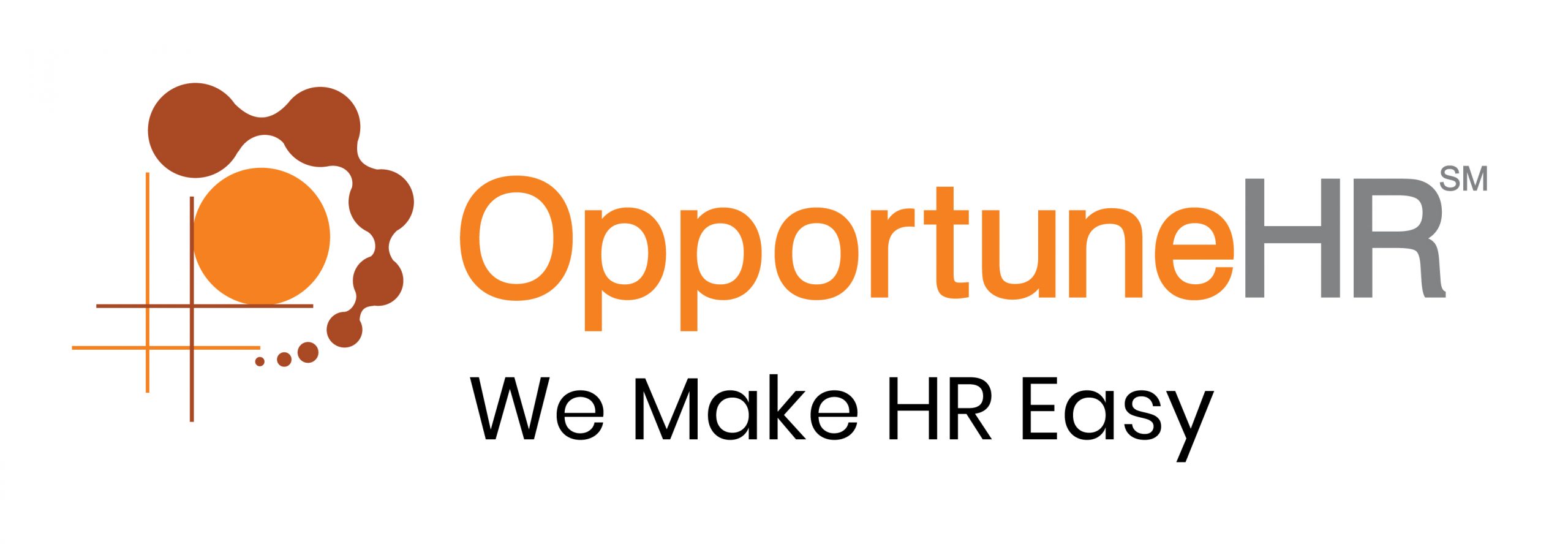In today’s fast-paced business world, the competition for talent is tough, and employees expect quick response time on their queries. And the owners need data and analytics to take data-based decisions. So Human Resource Departments must manage a wide range of tasks and responsibilities.
From recruitment to employee onboarding, performance management to talent development, HR professionals are constantly juggling multiple processes. However, with the advent of modern technology, specifically HR software, these complex HR systems can be simplified and streamlined.
Here are some ways in which HR software can simplify HR systems:
Automation Of Administrative Tasks
HR software enables the automation of mundane administrative tasks such as employee data management, leave tracking, and payroll processing.
HR automation eliminates manual data entry and paperwork, so HR professionals can save valuable time and focus on more strategic initiatives.
Because of automation, HR professionals don’t need to run after employees for seeking their data. Manual uploading of Excel sheets and other documents is not required.
This gives HR managers valuable time for thinking through human resource management planning, and employee engagement.
Fewer errors, automated alerts and centralised documentation lessen the HR’s administrative workload almost by 40% to 90%.
HR Software Simplifies Recruiting
The traditional recruiting process is time-consuming and prone to errors. HR software makes it simpler, more efficient, and effective.
Here are some ways HR software helps the recruiting and hiring talents–
Automated Job Posting and Applicant Tracking
Earlier HR managers used to publish job postings on multiple job sites manually. HR software helps them in creating as well as publishing job listings on multiple job boards and career websites. This saves time and effort.
HR software also streamlines applicant tracking. It collects and organises resumes, cover letters, and other applicant documents in a centralized database.
Efficient Resume Screening
Manual resume screening is a tedious and boring task. Especially when there are large numbers of applicants. HR software simplifies this process by screening resumes based on predefined criteria.
Recruiters can set specific keywords, skills, and qualifications to filter out unqualified candidates. So, the recruitment team can focus their time and attention only on the suitable applicants. This saves valuable time. And also ensures the screening is objective and consistent.
Streamlined Interview Scheduling
Coordinating interviews with candidates involves multiple emails, phone calls, and scheduling. HR software’s interview scheduling tools simplify the process. Recruiters can send automated interview invitations to candidates, allowing them to select their preferred interview slots from a given schedule. This eliminates back-and-forth communication.
Automated Communication with Candidates
Maintaining timely and effective communication with candidates is an important factor in candidate experience.
HR professionals often forget or overlook this aspect because of multiple responsibilities. But with HR software it is easy.
- HR software provides automated email templates and personalized communication tools.
- So recruiters can send timely updates, interview invitations, rejection notices, and offer letters to candidates at different stages of the recruitment process.
This ensures consistent and professional communication while saving time and effort for recruiters.
Collaborative Evaluation and Feedback
HR software facilitates collaboration among hiring managers and interviewers.
- It provides a centralized platform for sharing candidate profiles, interview feedback, and evaluations.
- This streamlines the evaluation process, allowing multiple stakeholders to provide their input efficiently.
- It also enables recruiters to gather feedback from various team members in a structured manner, leading to better-informed hiring decisions.
Enhanced Employee Onboarding Experience
In today’s competitive job market, retention of employees is of utmost importance. A thorough and professional onboarding process helps the organisation follow a structured onboarding process.
Here is how HR software simplifies the onboarding —
-
- Standardized onboarding Process: HR software provides templates for essential onboarding documents, ensuring that all new hires receive consistent and accurate information.
- Digital Document Signing: HR software enables new hires to complete and sign documents electronically, saving time and reducing administrative burdens for HR staff.
- Customized Checklists: HR software allows for the creation of tailored onboarding checklists. It ensures that all necessary tasks are completed in a timely manner. And nothing is overlooked.
- Self-Service Portals: HR software includes self-service portals for new hires, empowering them to access information, complete training modules, and submit required documents before their first day, reducing the administrative burden on HR staff.
- Streamlined Communication: HR software facilitates seamless communication between new hires and HR managers. It makes sure all necessary information and instructions are effectively conveyed.
Ready to make onboarding smoother, Explore Here!
Transforming Attendance Management With HR Software
Attendance management is a critical task for HR professionals, but it can be complex because of the nature of various industries.
- For example, in manufacturing industry shift changes regularly.
- In IT, many employees work from home, or in hybrid mode. Flexible work hours are also a norm.
- Employees may report to different locations in the retail industry.
- Accurate contractor employee attendance is important for billing purposes.
Thanks to advanced HR software, this process has become incredibly simplified. Let’s see how HR software helps in simplifying attendance management–
Biometric Attendance Integration
Cloud-based HR software integrates with biometric attendance systems in real-time. By leveraging biometric technology like fingerprint or facial recognition, employees can clock in and out seamlessly. It helps in eliminating buddy punching and ensuring precise attendance records.
Real-Time Attendance Tracking
HR software offers real-time attendance tracking, eliminating the need for manual record-keeping and Excel sheets. This results in accurate and up-to-date attendance data at your fingertips. It enables quick decision-making and corrective actions.
Efficient Shift Planning
With HR software, shift planning becomes more efficient and streamlined. The software enables HR managers to create and manage employee schedules with ease. It takes into account factors like availability of employees, skills, and preferences.
This ensures optimal workforce allocation and reduces scheduling conflicts.
Automated Reporting and Analytics
HR software automates reporting and provides insightful analytics on attendance trends, absenteeism rates, and more. This empowers HR professionals to make data-driven decisions that positively impact the organisation.
Streamlined Leave Management
HR software simplifies leave management by centralizing the process. Employees can easily request time off through the software, which automatically updates their attendance records and adjusts the schedule accordingly. This reduces paperwork, enhances transparency, and saves valuable time.
Enhanced Compliance and Audit Trails
Compliance with labour laws and regulations is crucial for any organisation. HR software ensures that attendance management aligns with these requirements effortlessly. It provides detailed audit trails, tracks overtime hours, and ensures accurate calculation of wages, resulting in improved compliance.
One-Click Payroll Generation
Payroll generation requires coordination between different departments, and merging of a lot of data coming from different sources.
It involves complex calculations, incentives, tax calculations, salary slip generation, and bank deposits.
That’s why the traditional method of using Excel sheets, or desktop HR software for payroll processing often leads to errors. Checking and rechecking are involved, which consumes a significant amount of time.
However, with the progressive Cloud HR software this process has become much simpler, accurate, and efficient.
Automatic calculations: Employee details, like grade, base salary, compensation structure are already configured in the HR software. It can also integrate with attendance, leave and other modules.
The software performs intricate calculations quickly and accurately, taking into account various factors such as working hours, overtime, deductions, and bonuses. This empowers HR professionals to generate error-free payroll reports effortlessly.
Salary slip generation: HR software also simplifies the generation of salary slips. It automatically generates detailed salary slips for each employee, including a breakdown of earnings, deductions, and net salary.
This feature not only saves time but also improves transparency and empowers employees to understand their pay structure better.
Bank deposits: Once the payroll is generated, the software can automatically transfer salaries directly into employees’ bank accounts. This eliminates the need for manual cash handling or issuing checks, resulting in a more streamlined and secure process.
Employee Self-Service
Traditional HR management often involves a significant amount of paperwork, manual data entry, and tedious administrative tasks. But employee self-service dashboard (ESS) is a powerful tool to simplify HR processes–
Reduced Administrative Burden: One of the primary pain points for HR departments is the overwhelming amount of administrative tasks they face on a daily basis. Employee self-service platforms empower employees to access and update their personal information, request time off, view payslips, and enroll in benefits programs all on their own.
This not only saves time for HR professionals but also empowers employees to take control of their own HR needs.
- Improved Data Accuracy: ESS eliminates the need for manual data entry, as employees can directly input and update their information. This ensures that the data remains accurate and up-to-date, reducing the chances of errors and improving overall data integrity.
- Enhanced Employee Engagement: Employee self-service fosters a sense of engagement among employees. By giving them direct access to their HR information, they feel more involved in their own employment journey.
- Streamlined Communication: Traditional HR processes often involve back-and-forth communication between employees and HR professionals. This is time-consuming and inefficient, especially when dealing with simple inquiries or requests.
Employee self-service platforms provide a centralized communication channel where employees can submit queries, access important documents, and receive timely responses. This streamlines communication and reduces the need for unnecessary email chains or phone calls.
Automatic Update Of Statutory Compliances:
Statutory compliances are many. And they keep changing all the time. It is challenging for HR professionals to be up-to-date on these compliances.
Auto-updating compliances in HR software simplifies work for HR managers in several ways:
- Time-saving: Manually tracking and updating compliances can be a time-consuming task for HR managers. With auto update feature, the software automatically updates the latest compliances, saving significant time and effort.
- Accuracy: Compliance regulations are constantly changing, and it’s crucial for HR managers to stay updated to ensure legal compliance. HR software with auto update reduces the risk of non-compliance.
- Streamlined reporting: Auto update features in HR software simplify the process of generating compliance reports by automatically gathering the necessary data and generating accurate reports.
- Audit readiness: Keeping up with compliance requirements is crucial during audits or inspections. By automatically updating compliances, HRMS software helps HR managers maintain audit readiness.
Quick HR Analytics and Reporting Capabilities
HR software offers advanced analytics and reporting capabilities, allowing HR professionals to generate real-time reports on key HR metrics.
This data-driven approach enables evidence-based decision-making and helps identify areas for improvement.
Conclusion
In conclusion, HR software simplifies HR systems by automating tasks, enhancing efficiency and accuracy, improving employee experiences, ensuring compliance, and providing valuable insights through analytics. By embracing this modern technology, HR professionals can focus on strategic initiatives that drive organisational success while providing a seamless experience for employees throughout their journey in the company.








